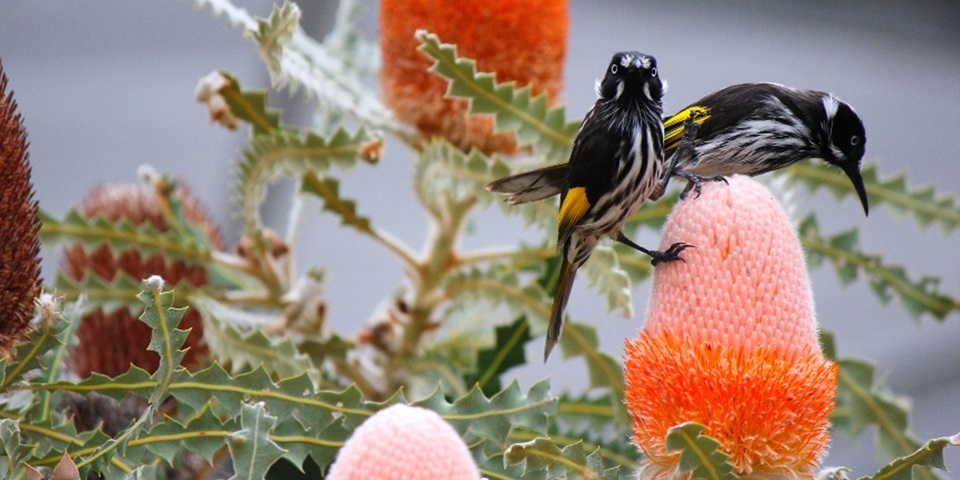News
Fewer trees are changing the faces that appear in our forests

New research shows while common and invasive species are benefiting from landscapes altered by tree declines, many specialist species are being lost.
Scientists at the Harry Butler Institute have completed a decade-long study of how animals are responding to the world’s shrinking forests.Director of the Centre for Terrestrial Ecosystem Science and Sustainability, Professor Trish Fleming said while widescale loss of the world’s forests is likely to be an increasing problem in the future, we know little of the effect on forest fauna.
"This study examines the impact of these changes on the animals that are dependent on forest resources,” she said.
“We discovered a range of responses to tree decline, from bats and woodpeckers benefiting from more open canopies, to reduced populations for animals such as spiders, centipedes and squirrels.
“While the individual species impacts varied, with some benefiting and some suffering, the concerning trend we found across the board was the tendency for specialist species to be lost, while common and invasive species grew in number.
This is a real wake up call if we want to maintain those unique animals that make our forest ecosystems so special.”In total, the study examined 631 animal responses to tree decline.
Professor Trish Fleming
Data representing 186 bird species indicated there was an overall increase in bird abundance in response to tree decline. But there was substantial variability in the response of different bird species.
Ground-foraging species, bark-foraging insectivores like woodpeckers, as well as ground- and cavity-nesting species apparently benefit from tree declines.
However, nectar-feeding birds like honeyeaters and hummingbirds and canopy-feeding insectivorous birds were less common in the presence of tree declines.
Data representing 33 mammal species indicate a tendency for detrimental effects of tree declines on mammals that use trees as refuges, like possums and tree kangaroos, while aerial foragers like bats may benefit from opening up the canopy.
“The range of responses to tree declines signifies substantially altered animal communities,” explained Professor Giles Hardy, one of the study’s co-authors.
The knock-on effects of these changes may be significant, as in many instances the altered ecosystem function due to loss of key animal services represents a significant threat to forest health.”This project was supported by the Australian Research Council and the State Centre of Excellence for Climate Change, Woodland and Forest Health, which is a partnership between private industry, community groups, universities, and the Government of Western Australia. Read the full paper online.
This research supports the United Nations Sustainable Development Goal 12 and 15.